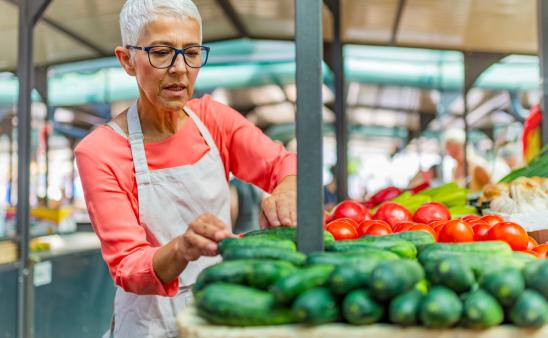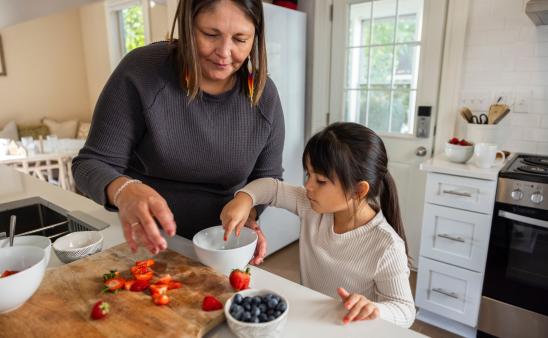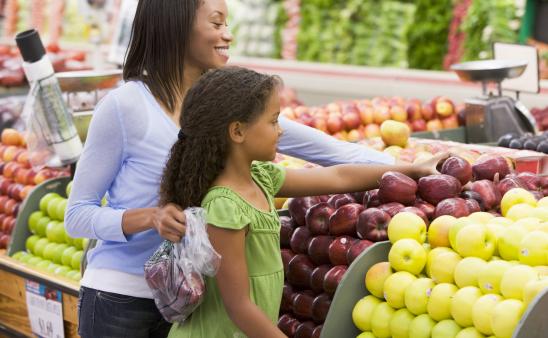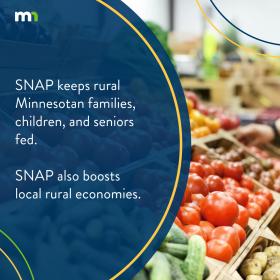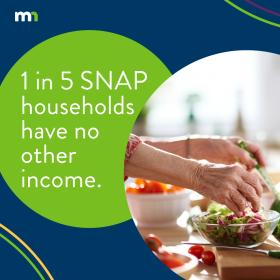Learn about new laws that are causing significant changes in time-limited work rules for SNAP recipients and that impact recipients and increase workload for Minnesota's counties and Tribal Nations.
The federal shutdown has ended, and SNAP benefits are being processed and distributed on schedule. Learn more at https://dcyf.mn.gov/federal-shutdown
Title
Speak Up for SNAP
Intro
SNAP helps more than 440,000 Minnesotans get the food they need to stay healthy and secure. It supports children, working families, older adults, and people with disabilities all while bringing dollars back into local communities and strengthening Minnesota’s economy.
Banner
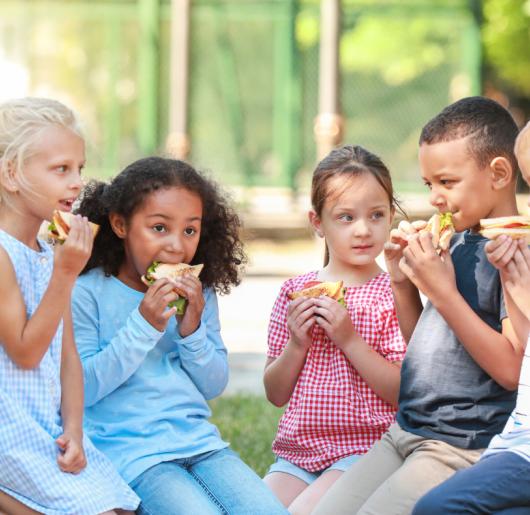
Sections

